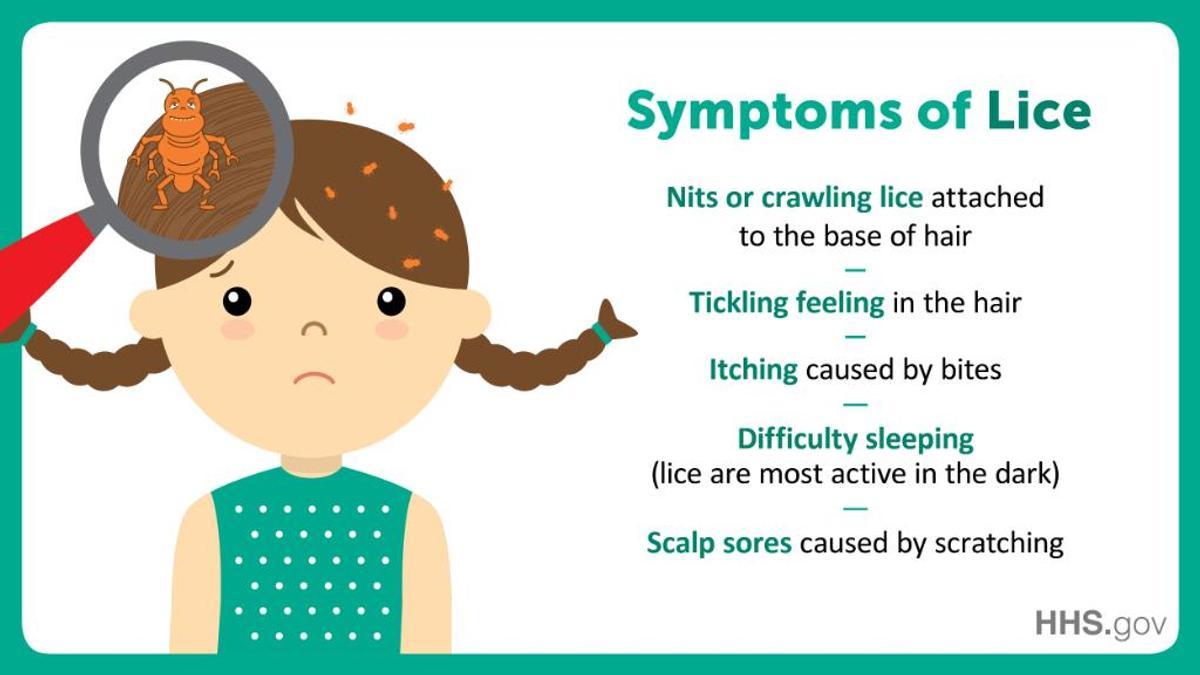Head Lice

Head lice have again been detected in the school. The below information has been sourced from the Victorian Department of Health website.
Please read the below information carefully to help stop the spread of these insects.
Finding Head Lice
Many lice do not cause an itch, so you have to look carefully to find them.
Head lice are found on the hair itself and move to the scalp to feed. They have six legs which end in a claw and they rarely fall from the head. Louse eggs (also called nits) are laid within 1.5 cm of the scalp and are firmly attached to the hair. They resemble dandruff, but can’t be brushed off.
Lice can crawl and hide. The easiest and most effective way to find them is to follow these steps:
Step 1 Comb any type of hair conditioner on to dry, brushed (detangled) hair. This stuns the lice and makes it difficult for them to grip the hair or crawl around.
Step 2 Now comb sections of the hair with a fine tooth, head lice comb.
Step 3 Wipe the conditioner from the comb onto a paper towel or tissue.
Step 4 Look on the tissue and on the comb for lice and eggs.
Step 5 Repeat the combing for every part of the head at least four or five times.
Treating Head Lice
Treating head lice involves removing lice and eggs from the hair. There are two ways you can do this:
1. Buying and using a head lice lotion or shampoo, following the instructions on the product
2. Using the conditioner and comb method (described under ‘finding head lice’) every second day until there have been no live lice found for ten days.
If you choose to use a head lice product always read and follow the instructions provided with the product carefully.
The following points may also be helpful:
• Head lice products must be applied to all parts of the hair and scalp.
• No treatment kills all of the eggs so treatment must involve two applications, seven days apart. The first treatment kills all lice; the second treatment kills the lice that may have hatched from eggs not killed by the first treatment.
• Cover the person’s eyes while the treatment is being applied. A towel is a good way to do this.
• If you are using a lotion, apply the product to dry hair.
• If you are using a shampoo, wet the hair, but use the least amount of water possible.
• Apply the treatment near the scalp, using an ordinary comb to cover the hair from root to tip. Repeat this several times until all the hair is covered.
Only the pillowcase requires washing - either wash it in hot water (at least 60ºC) or dry it using a clothes dryer on the hot or warm setting.
To reduce your child’s risk of getting head lice, please ensure your child has their hair tied up.

